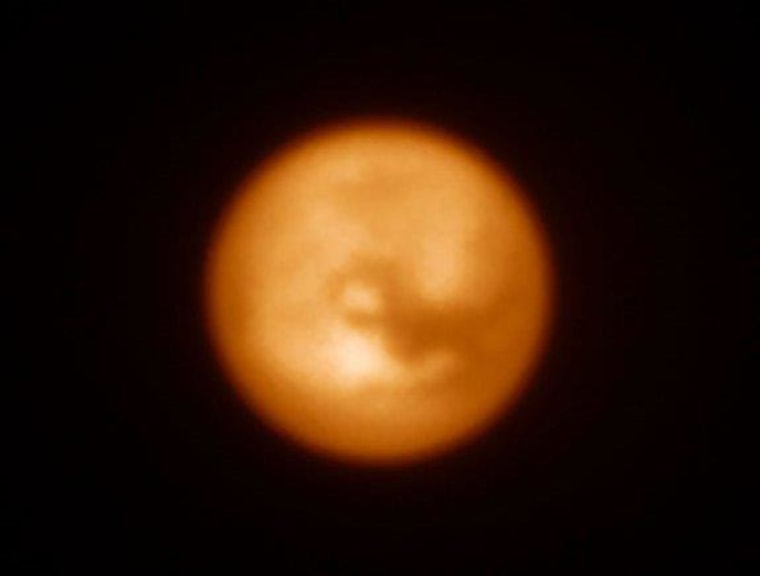A new instrument designed to give scientists a direct look at nearby alien worlds has seen its "first light" in Chile, astronomers announced Wednesday.
Called SPHERE (for Spectro-Polarimetric High-contrast Exoplanet REsearch), the new alien planet detection tool was mounted on the European Southern Observatory's Very Large Telescope Unit Telescope 3 in the Atacama Desert last month.
In its first few days of operations, SPHERE already has produced images of Saturn's moon Titan and dust disks around stars as it gears up to take pictures of exoplanets, ESO officials said. [7 Ways to Discover Alien Planets]

Using space- and ground-based telescopes, astronomers have detected more than 2,000 exoplanets since spotting the first ones back in the 1990s. But scientists have rarely been able to look at these worlds directly because the weak glow of a planet is often overwhelmed by the bright light from its parent star.
SPHERE is designed to get the highest contrast possible in a small patch of sky around a star to see exoplanets that might otherwise be hidden.
To boost the contrast in its images, SPHERE uses adaptive optics to correct for the blurring effects of the Earth's atmosphere as well as a coronagraph also blocks out starlight.
SPHERE's first shot, taken in the infrared wavelength, shows the dust ring around the nearby star HR 4796A, which is in the southern constellation of Centaurus. Though it doesn't show a planet, the clarity of this disc demonstrates SPHERE's impressive ability to reduce the glare from a star, ESO officials said.

ESO also released near-infrared images that SPHERE took of an object much closer to home: Titan, Saturn's largest moon. The near-infrared wavelength can penetrate Titan's thick atmosphere to allow astronomers to probe the moon's surface, which would be invisible in the visible spectrum.
— Megan Gannon, Space.com
This is a condensed version of a report from Space.com. Read the full report. Follow Megan Gannon on Twitter and Google+. Follow Space.com on Twitter, Facebook or Google+.